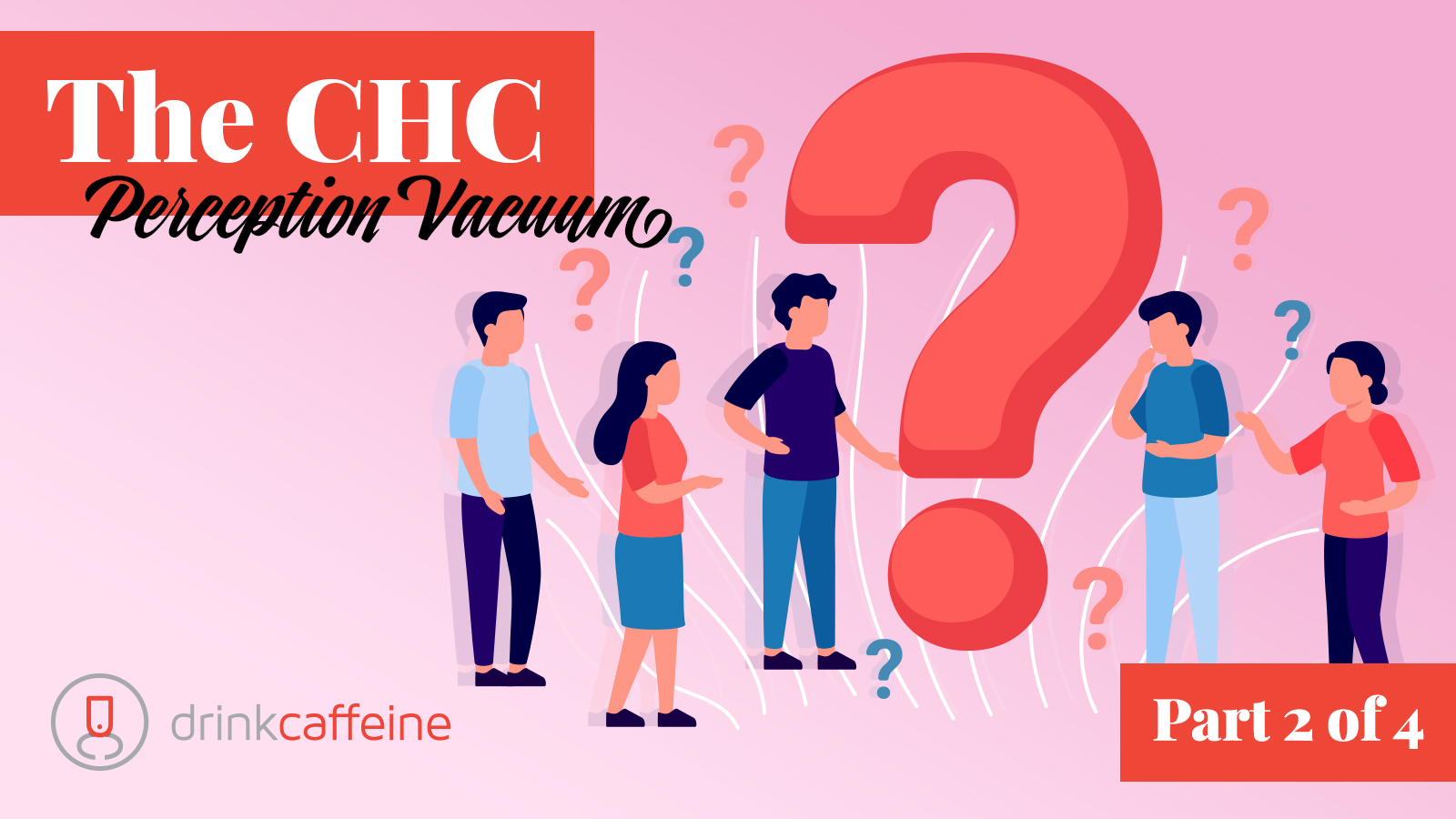Insight 2: A majority of people associate CHCs with “poor people”
A drinkcaffeine study of 300+ consumer healthcare decision makers reveals what people are prepared to believe about CHCs, and how CHCs can unlock market potential as they pursue the goal of population health. Access the full study.
More than 50% agreed that CHCs serve mostly “poor people”
The statement we tested: “Community Health Centers serve mostly poor people who can’t afford healthcare.”
54% agree with the statement
29% disagree.
AND nearly 17% “Don’t Know.”
Action: CHCs should lead the discussion about health equity in society.
CHCs should be educating people that health is a personal asset rather than a social entitlement.
Optimal lifelong health is a form of equity that has to be earned – through engagement with health systems (of which CHCs are a quality option).
The rationale: The message of creating and building health as a form of personal equity – something of value – includes everyone, and sets the tone for a relationship based on mutual investment and shared responsibilities.
We acknowledge that CHCs still serve roughly 1 in 4 Americans in poverty, but this doesn’t mean that CHCs can’t attract more patients from all ethnic and socioeconomic backgrounds. To do this, CHCs will need to focus on “quality signals” such as:
- Helping patients to navigate care decisions
- Explanation of the Patient Centered Medical Home model – something CHCs have not always done skillfully
- Care signatures unique to the CHC
- Message delivery focused on quality
- Sustained digital communications with patients
- Outcomes & Ratings
CHCs should be telling people that optimal health is a personal asset – and CHCs can help develop it with quality care and services.
Contact us when you’re ready to use healthcare communications to solve problems.


